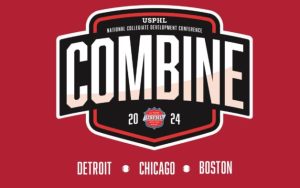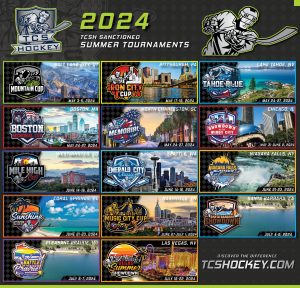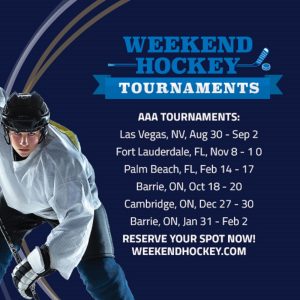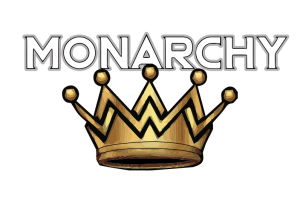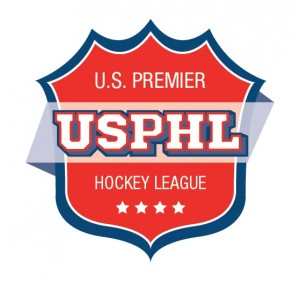From the Trainer’s Room: Final phase of the hockey offseason

The beginning of the hockey season is just weeks away.
There are many camps going on and the demands for the players to be on the ice are increasing. So, too, must the work we do in the gym change as we enter this final phase of the offseason.
To recap, the first phase of the offseason was to get out of our skates and take time off to recover from the previous season. Cross training, rehab, and fun should have been the goal at that time.

MIKE HANNEGAN
The second phase was to start age-appropriate training and conditioning programs to start building function and strength. With older players, this would have meant heavier lifting with weights to build strength.
The third phase would have the hockey athlete getting back on the ice for some puck touches and decreasing some of the weight training to avoid over training. The lifts would be less heavy but with higher intensity to prepare for the demands of on ice performance.
Lastly, this final phase is designed to prepare the player for the demands of the season.
At a recent camp for a local junior program, I was able to run the gym workouts for the groups. The focus is now speed and power generation, as these are needed to excel as a hockey player. Sessions include a dynamic warmup, core activation, sprinting or running drills, and supersets of weightlifting exercises done with lighter weights, fewer reps, and higher velocity. Timing of these sessions will vary based on stick-time and practice schedules as we try to avoid poor performances on the ice due to fatigue from the gym.
I would still recommend one good day of heavy lifting per week as the schedule allows, if possible, to help maintain all the strength gains from earlier in the off season.
Lastly, there is no excuse to have injuries still lingering from last season. If these injury issues are not addressed now, then you will be more likely to make the injury worse. Seek out athletic trainers or other rehab professionals to treat these injuries now before the season begins. One of the goals of a well-planned offseason program is to help the hockey player be more injury-resilient heading into the season.
We don’t want to start the season watching from the stands and missing games.
Mike Hannegan is an athletic trainer and strength coach with 10 years of experience in the NHL with the Anaheim Ducks and St. Louis Blues. He is currently the director of the Compete Sports Performance and Rehabilitation facility inside The Rinks-Yorba Linda Ice located in beautiful Orange County. He can be reached at mike@competeperformance.com.
(August 23, 2022)

